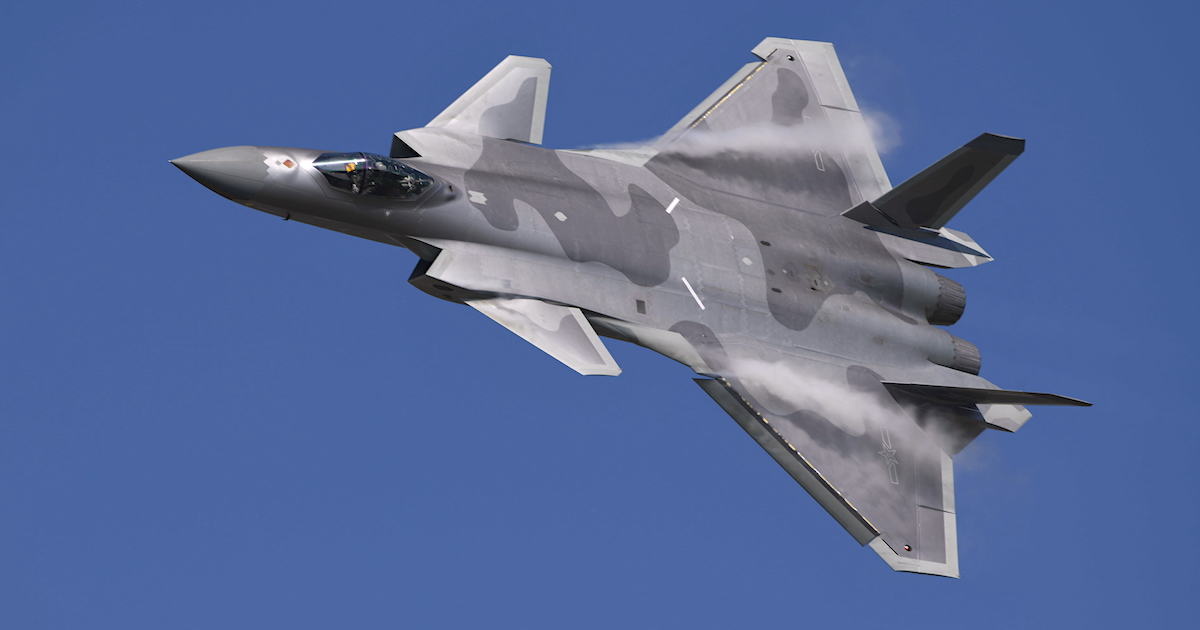Venomstick121
Airman 1st Class
- 289
- Dec 21, 2023
Stealth technology allows for a pilot to remain undetected by enemy aircraft radar, or irst. If both pilots are invisible to each other via stealth (not on radar, can't pick up an ir signature) is it possible that dogfighting could make a comeback? Could it mean that we will get designated gun fighters with limited air to air missile capacity using its guns as the main weapon?
Open to criticism (whole idea sounds stupid but it randomly popped in my head today)
Open to criticism (whole idea sounds stupid but it randomly popped in my head today)

